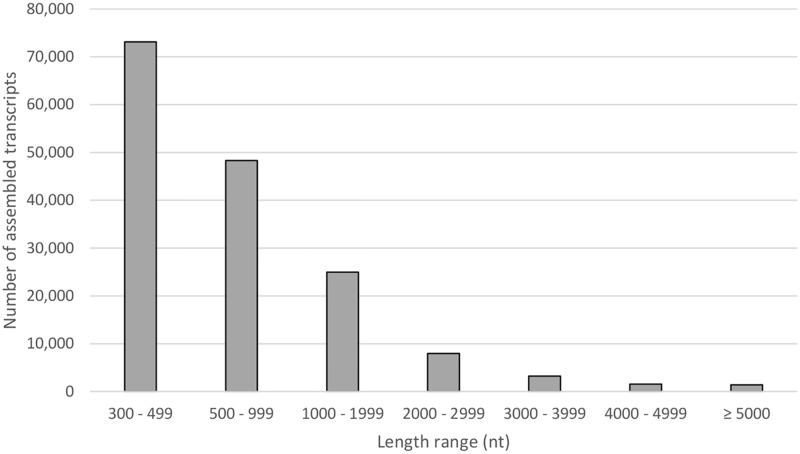
Passable genetic information is necessary for sustainable crustacean fisheries and aquaculture administration.
The commercially needed orange mud crab, Scylla olivacea, is prevalent in Southeast Asia space and could be very wished. Although it is a applicable aquaculture candidate, full domestication of this species is hampered by the lack of information regarding the sexual maturation course of and the molecular mechanisms behind it, significantly in males.
So far, data on its complete genome is however to be reported for S. olivacea. The accessible transcriptome data revealed beforehand on this species focus completely on females and the operate of central nervous system in reproductive progress.
De novo transcriptome sequencing for the testes of S. olivacea from immature, maturing and mature phases have been carried out. A whole of roughly 144 million high-quality reads have been generated and de novo assembled into 160,569 transcripts with an entire measurement of 142.2 Mb. Roughly 15-23% of the total assembled transcripts have been annotated when compared with public protein sequence databases (i.e. UniProt database, Interpro database, Pfam database and Drosophila melanogaster protein database), and GO-categorised with GO Ontology phrases.
A whole of 156,181 high-quality Single-Nucleotide Polymorphisms (SNPs) have been mined from the transcriptome data of present look at. Transcriptome comparability among the many many testes of varied maturation phases revealed one gene (beta crystallin like gene) with in all probability an important differential expression-up-regulated in immature stage and down-regulated in maturing and mature phases.
This was extra validated by qRT-PCR. In conclusion, an entire transcriptome of the testis of orange mud crabs from completely totally different maturation phases have been obtained. This report provides a helpful helpful useful resource for enhancing our understanding of this species’ genome development and biology, as expressed and managed by their gonads.

Now we have now analyzed the expression profiles of ten genes in the case of testis progress and organ specificity in rat, which have been chosen from 215 spherical spermatid-specific transcripts listed in a database.
Out of the ten genes, we directed our consideration to at the very least one gene, a germ cell-less like-2 gene (gcl-2), a homolog of Drosophila gcl gene (gcl), which is a factor of the germ plasma and required for primordial germ cell formation. Rat genome contains duplicate rat gcl-2 (rgcl-2) genes, rgcl-2A and rgcl-2B, every of which are located at Xq13. RT-PCR analysis confirmed that the expression of the two genes was up-regulated all through testis progress and that they’ve been predominantly expressed inside the testis.
Every rgcl-2A and rgcl-2B encode a protein of 498 amino acid residues, displaying 90.56% identification on the amino acid stage. Confocal laser scanning microscopy revealed that rgcl-2 protein was synthesized inside the cytoplasm of elongating spermatids and as a minimum a part of it was built-in into the middle piece of spermatozoa all through spermiogenesis.
Immunogold electron microscopy uncovered that rgcl-2 was localized on the abaxial (convex) ground of outer dense fibers (ODF) of rat sperm flagella. Attributable to this truth, we concluded that rgcl-2 is a model new factor of ODF in sperm flagella.